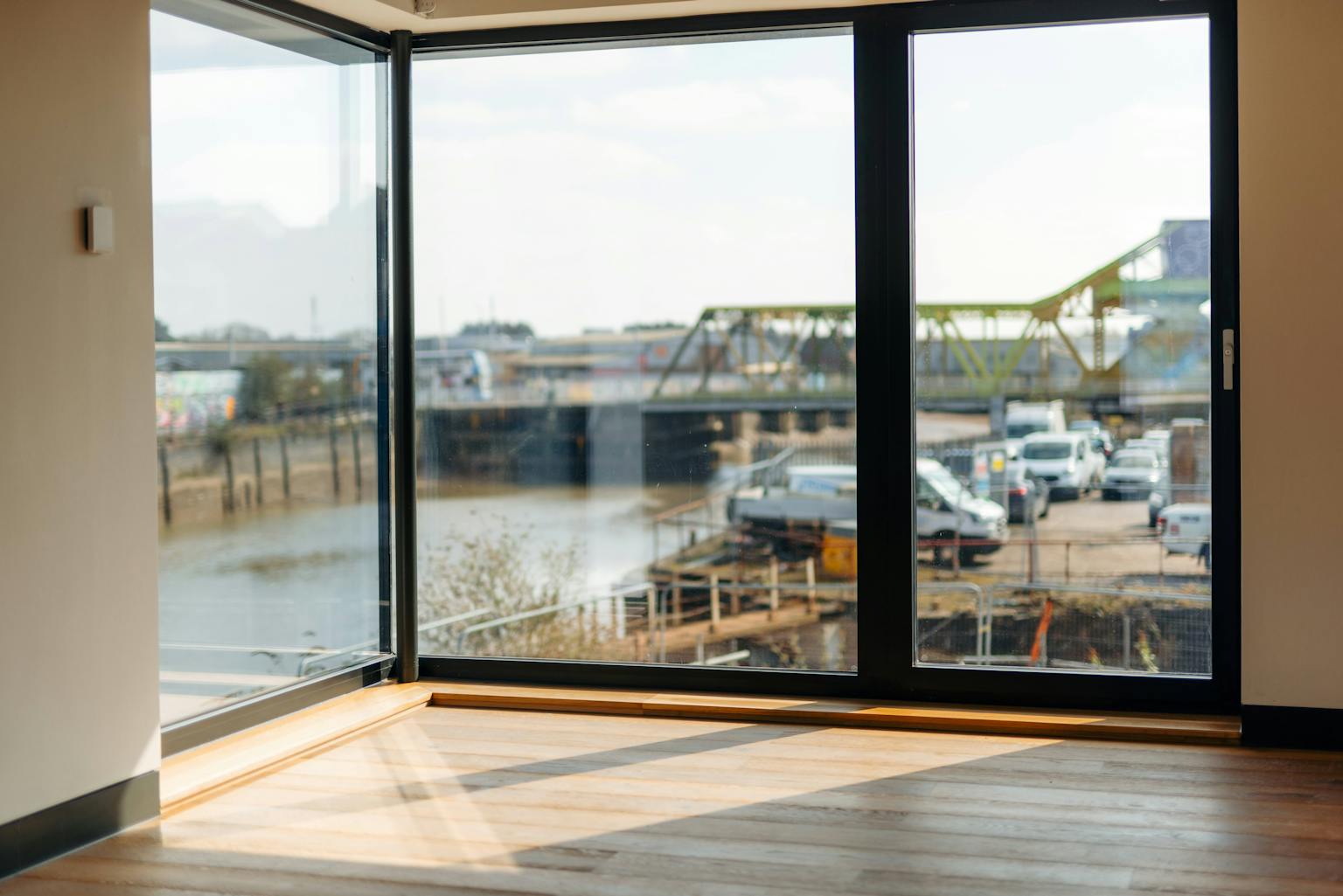North End Shipyard Visitor Centre to become the first museum visitor centre to achieve Passivhaus certification

The recently completed North End Shipyard Visitor Centre is set to become the first museum visitor centre to achieve Passivhaus certification. Part of the wider Hull Maritime regeneration plans, the new build visitor centre will lie at the heart of the North End Shipyard, future home of the Arctic Corsair, combining sustainability with the city’s maritime heritage.
The completed visitor centre anchors Hull City Council’s cultural regeneration plans to the heart of its seafaring history and sets a new benchmark in sustainable architecture.
The Hull Maritime project was commissioned by Hull City Council following the city’s designation as UK City of Culture in 2017, and embedded within the North End Shipyard is a collective response to the climate emergency and the Council’s wider 2030 carbon-neutral commitment. The Council adopted a bold brief to deliver a Passivhaus certified public building that could accommodate museum function with long-term operational sustainability, leading by example and developing the new visitor centre as a sustainable exemplar.
Every decision was driven by a deep integration of heritage context and environmental performance. Passivhaus buildings must be considered from first principles, early in the briefing and concept design stage. Form and orientation are key early considerations, avoiding complex shapes and optimising the ratio between external surface area and internal floor area, all to minimise heat loss, risk of thermal bridges and airtightness breaches. A careful balance of windows on southern elevations to capitalise on heat gains, and a considered limit of windows on shaded northern elevations to minimise heat loss is also a key consideration, whilst integrating the building into its context and providing vantage points to enjoy views of the Arctic Corsair fishing trawler.
The centrepiece of the design strategy was the rigorous application of Passivhaus principles. This required continuous collaboration between architects (Purcell), MEP consultants (TGA Consulting Engineer), Structural Engineers (Mason Clark Associates), contractor (Ashcourt Group), and performance testing with Yorkshire Air Testing Ltd.

Low energy, high impact
Passivhaus is an international standard that adopts a whole-building approach with a focus upon high-quality construction and rigorous evidence-based certification. Passivhaus buildings are designed and constructed as high-performance yet simple, well insulated, airtight envelopes working in unison with heat recovery ventilation systems, ensuring air quality and comfort within a building of very low energy demand. The result at the North End Shipyard is a building that will operate at net zero carbon, powered exclusively by electricity - including on-site renewable energy and ability to adopt green tariffs. The highly insulated thermal envelope can reduce heating demand by up to 90% over standard construction methods.
In additional to sharply reducing emissions, the Passivhaus approach is expected to substantially lower long-term operational costs- a critical consideration for local authorities and publicly funded cultural institutions.
The Passivhaus visitor centre will provide a calm, comfortable environment all year round, with stable environmental conditions, also ideal for exhibition displays and conservation.

